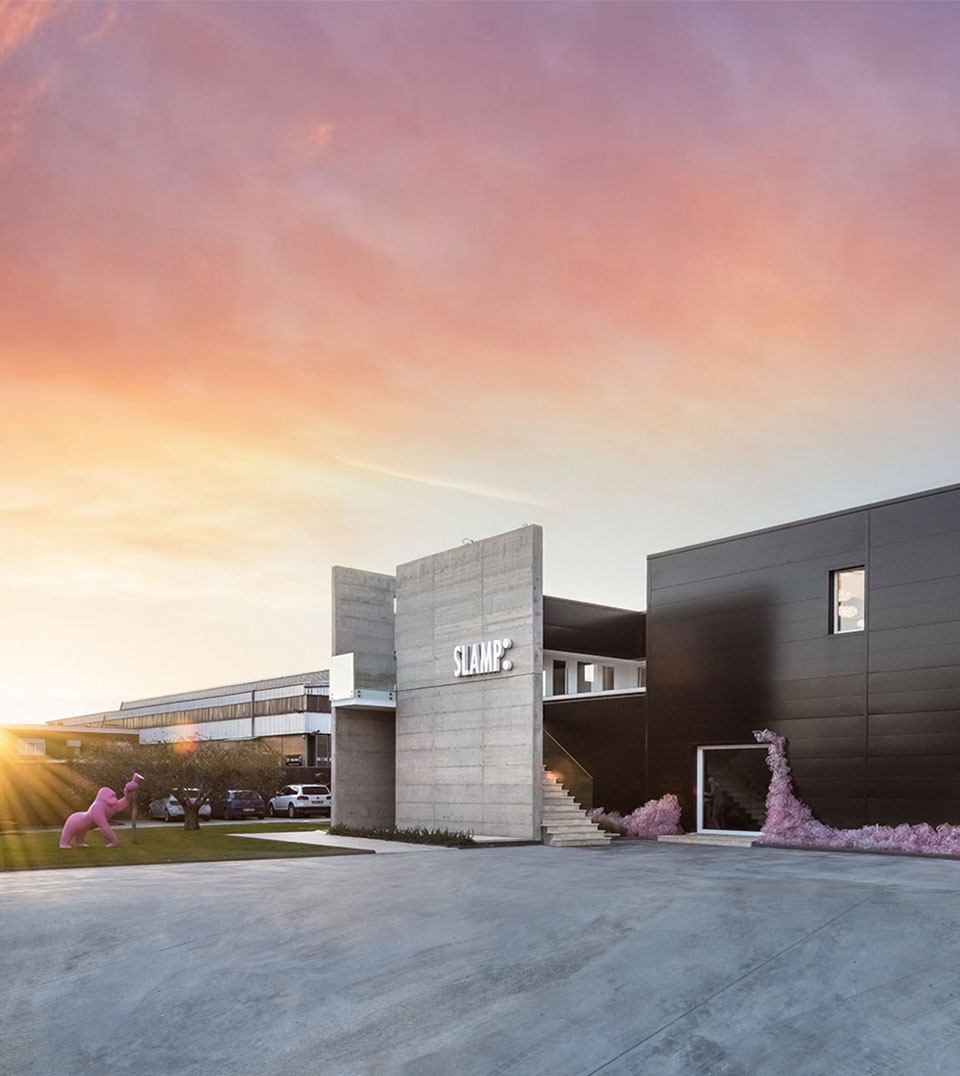

The above information, also provided in the Technical Data Sheet, refers to electrical standards with a voltage of 120-220V.
The electrical installation components and other accessories may vary depending on the regulations of different countries; please contact us for more information.
The wattage of the light bulbs is suggested for an optimal balance between luminous output and product aesthetics and should not be considered as the maximum power that can be installed on the product. Where explicitly recommended, please follow the indicated bulb size and/or diameter.
Lamps marked as dimmable are intended to be so only if the electrical system has been prepared for such light variation. This is different for floor lamps and battery-powered lamps marked as dimmable, as their dimmer is integrated.



The above information, also provided in the Technical Data Sheet, refers to electrical standards with a voltage of 120-220V.
The electrical installation components and other accessories may vary depending on the regulations of different countries; please contact us for more information.
The wattage of the light bulbs is suggested for an optimal balance between luminous output and product aesthetics and should not be considered as the maximum power that can be installed on the product. Where explicitly recommended, please follow the indicated bulb size and/or diameter.
Lamps marked as dimmable are intended to be so only if the electrical system has been prepared for such light variation. This is different for floor lamps and battery-powered lamps marked as dimmable, as their dimmer is integrated.



The above information, also provided in the Technical Data Sheet, refers to electrical standards with a voltage of 120-220V.
The electrical installation components and other accessories may vary depending on the regulations of different countries; please contact us for more information.
The wattage of the light bulbs is suggested for an optimal balance between luminous output and product aesthetics and should not be considered as the maximum power that can be installed on the product. Where explicitly recommended, please follow the indicated bulb size and/or diameter.
Lamps marked as dimmable are intended to be so only if the electrical system has been prepared for such light variation. This is different for floor lamps and battery-powered lamps marked as dimmable, as their dimmer is integrated.


